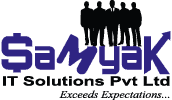ASP .Net MVC Training
The ASP.Net MVC (Model-View-Controller) architectural pattern separates an application into three main components: the model, the view, and the controller. The ASP.NET MVC framework provides an alternative to the ASP.NET Web Forms pattern for creating Web applications. The ASP.NET MVC framework is a lightweight, highly testable presentation framework that (as with Web Forms-based applications) is integrated with existing ASP.NET features, such as master pages and membership-based authentication. The MVC framework is defined in the System.Web.Mvc assembly.
The MVC framework includes the following components:
- Models. Model objects are the parts of the application that implement the logic for the application’s data domain. Often, model objects retrieve and store model state in a database. For example, a Product object might retrieve information from a database, operate on it, and then write updated information back to a Products table in a SQL Server database.In small applications, the model is often a conceptual separation instead of a physical one. For example, if the application only reads a dataset and sends it to the view, the application does not have a physical model layer and associated classes. In that case, the dataset takes on the role of a model object.
- Views. Views are the components that display the application’s user interface (UI). Typically, this UI is created from the model data. An example would be an edit view of a Products table that displays text boxes, drop-down lists, and check boxes based on the current state of a Product object.
- Controllers. Controllers are the components that handle user interaction, work with the model, and ultimately select a view to render that displays UI. In an MVC application, the view only displays information; the controller handles and responds to user input and interaction. For example, the controller handles query-string values, and passes these values to the model, which in turn might use these values to query the database.
The MVC pattern helps you create applications that separate the different aspects of the application (input logic, business logic, and UI logic), while providing a loose coupling between these elements. The pattern specifies where each kind of logic should be located in the application. The UI logic belongs in the view. Input logic belongs in the controller. Business logic belongs in the model. This separation helps you manage complexity when you build an application, because it enables you to focus on one aspect of the implementation at a time. For example, you can focus on the view without depending on the business logic.
The loose coupling between the three main components of an MVC application also promotes parallel development. For example, one developer can work on the view, a second developer can work on the controller logic, and a third developer can focus on the business logic in the model.
ASP .Net MVC Training course provides existing .NET developers with practical information and labs that enables them to build web applications ASP.NET MVC Framework.
Duration
2.5 Months including Lab
Eligibility
Undergraduates, Graduates
Post-Graduates
Job Aspirants
School Going Students
Pre-requisites
ASP .Net
- Describe MVC design pattern.
- Develop MVC based applications using ASP.NET MVC framework.
- Create Model using ADO.NET Entity Framework approaches such as Database First and Code First
- Implement Models using ADO.NET objects to perform CRUD operations on the database, Implement Repository pattern
- Work with Areas , create custom filters, write unit tests for MVC Controllers
- Create Razor Views, partial views and strongly typed views, use ViewModels to create views, use HtML helpers to design views, create master detail view
- Implement Secure ASP.NET MVC applications
- Use jQuery to invoke MVC Actions asynchronously, post data using jQuery, Retrieve data in JSON format ASP.NET MVC applications, Implement REST services using WEB APIs, consume REST services using jQuery ajax methods.
- State the use of MVC design pattern.
- Build MVC based web applications using MVC design pattern.
- Creating model using Entity Framework Approaches; Validate the Model classes
- Create MVC controllers and Action Filters
- Create Razor views; Work with HTML helpers to design views
- Create and use ViewModel
- Create and use partial views
- Implement strongly typed views
- Implement Security in ASP.NET MVC application
- Implement Areas in ASP.NET MVC
- Work with actions asynchronously using jQuery ajax methods
- Develop rich and responsive web applications using AngularJS and integrate AngularJS with MVC applications
- Implement Web API in ASP.NET MVC
Course Content
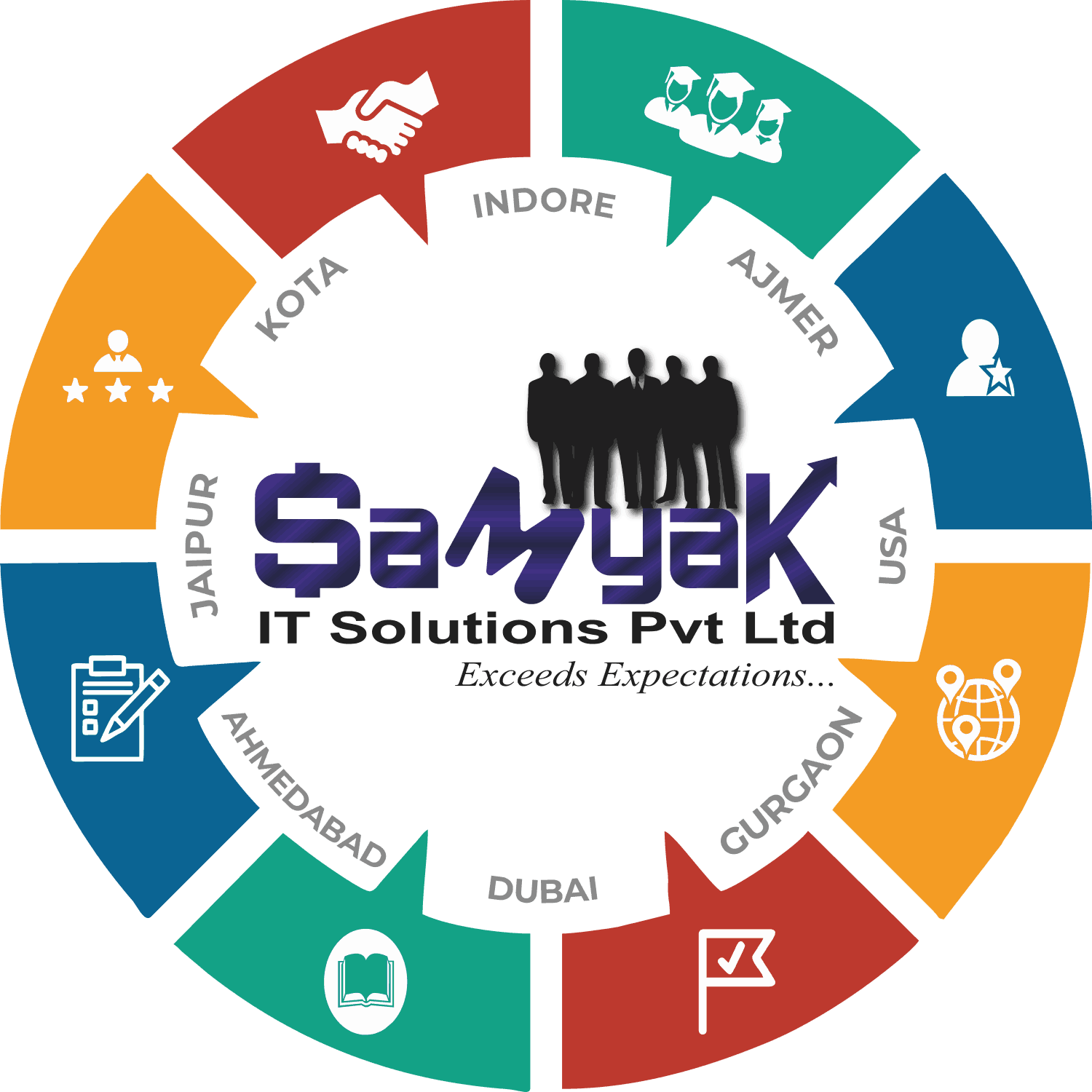
NSDC certification is aimed at improving the employability of individuals and making them more skilled and productive. The certification is available in a wide range of fields, including healthcare, beauty and wellness, retail, hospitality, IT, and many others.
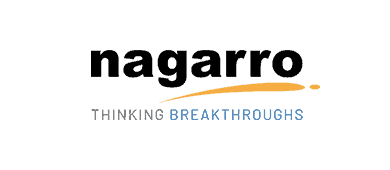
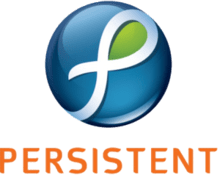


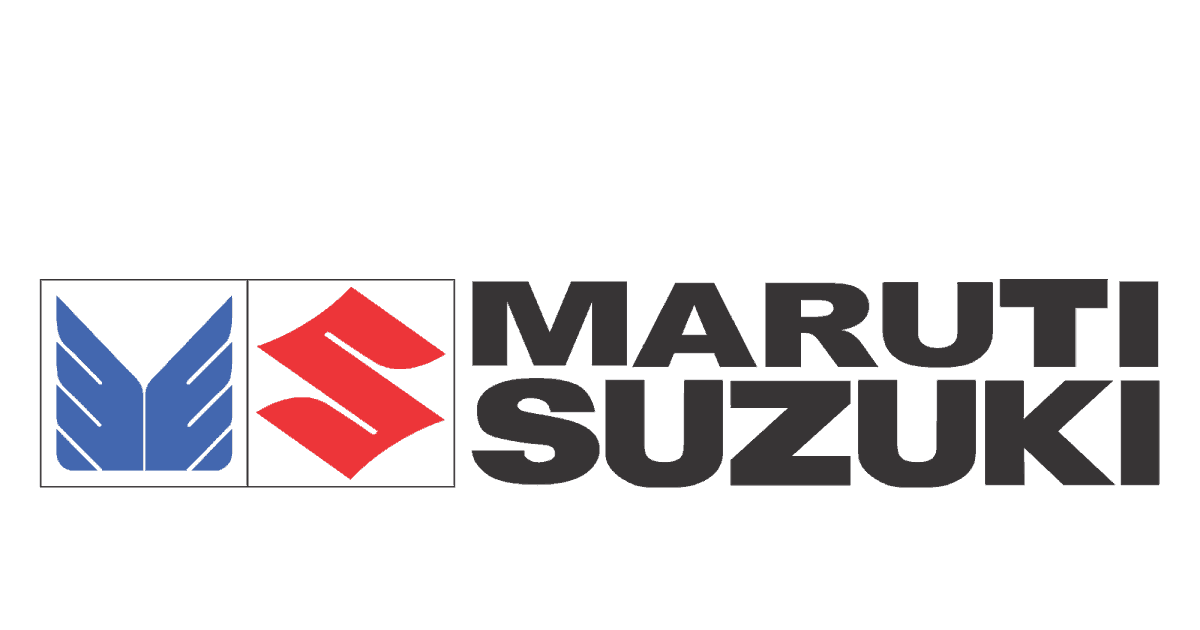


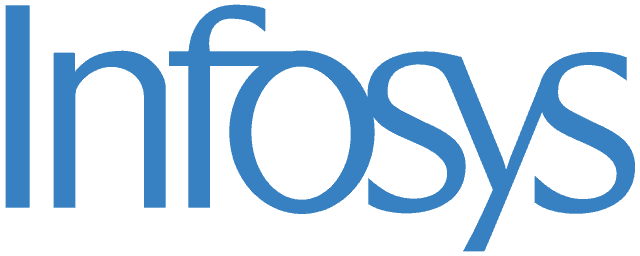







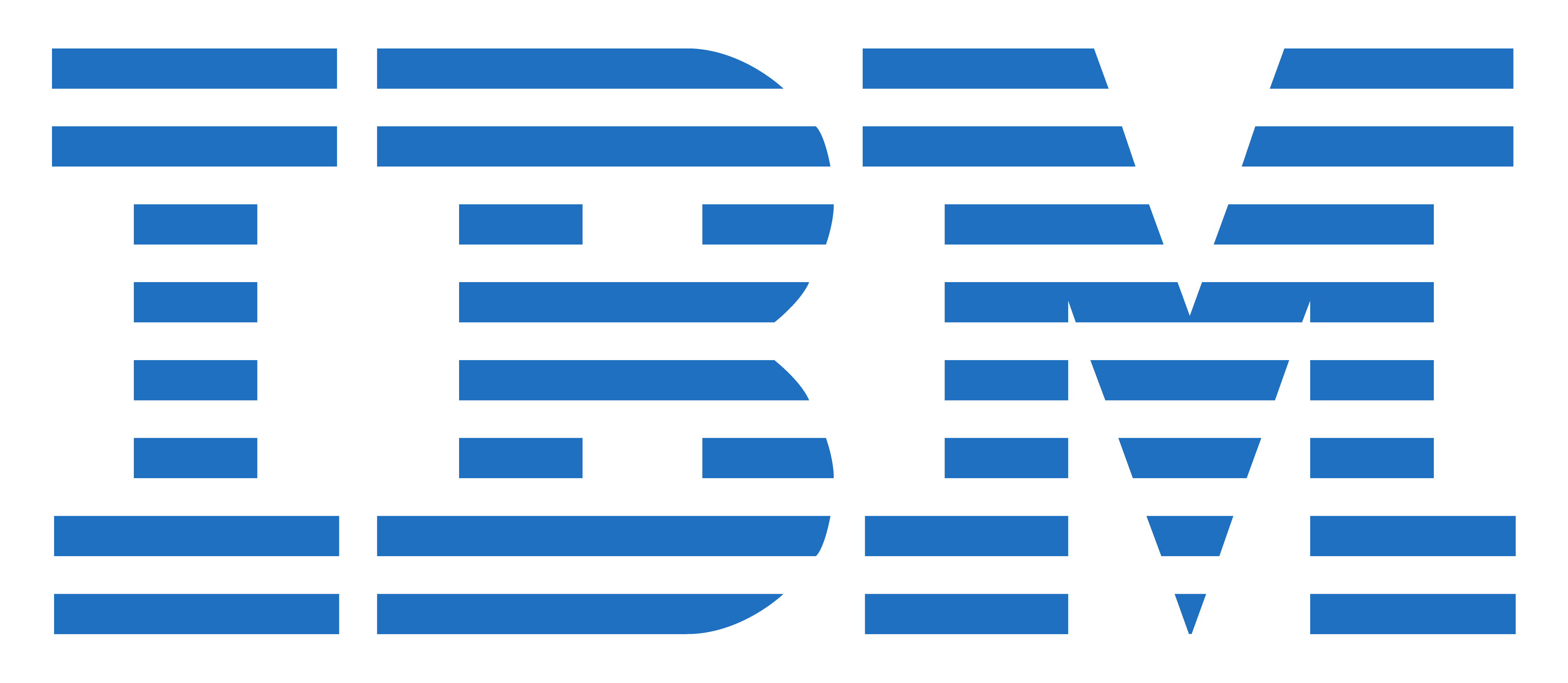
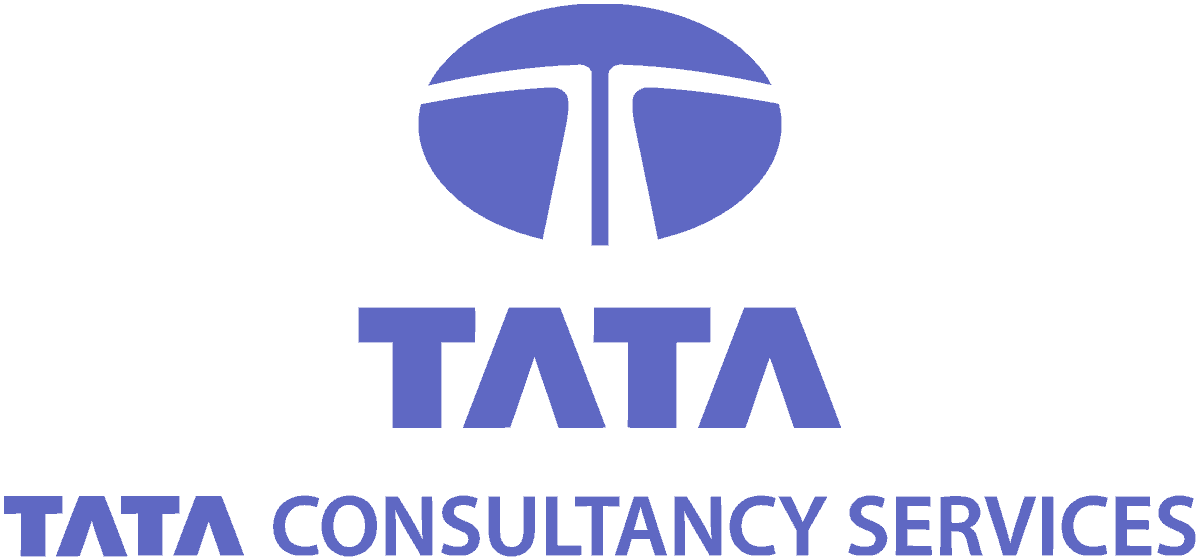
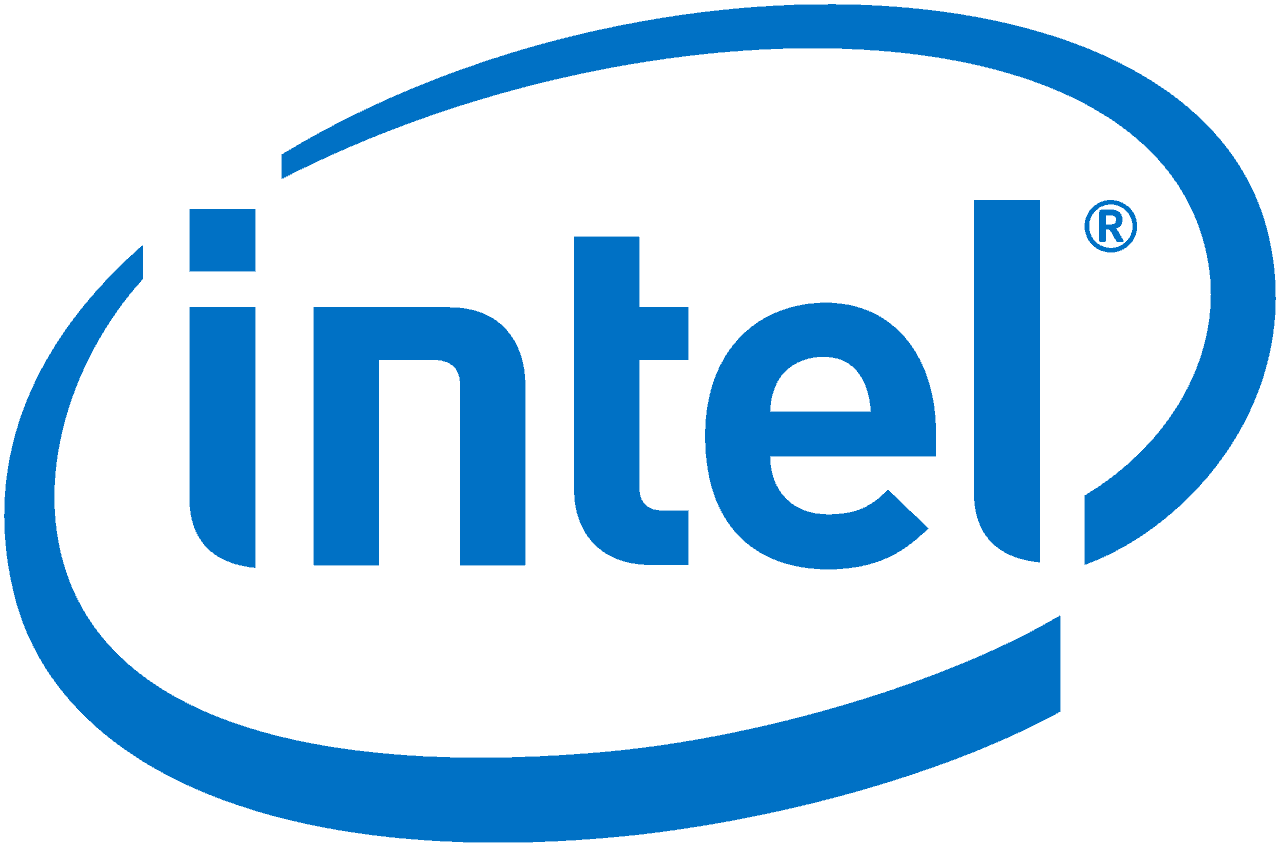

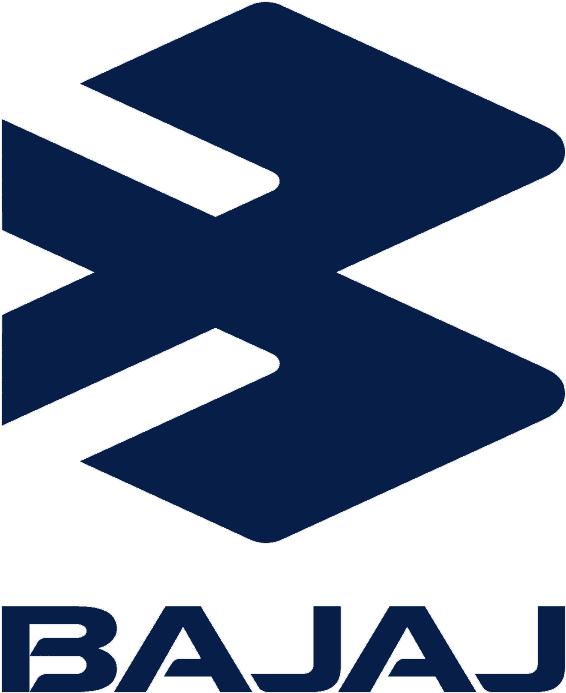
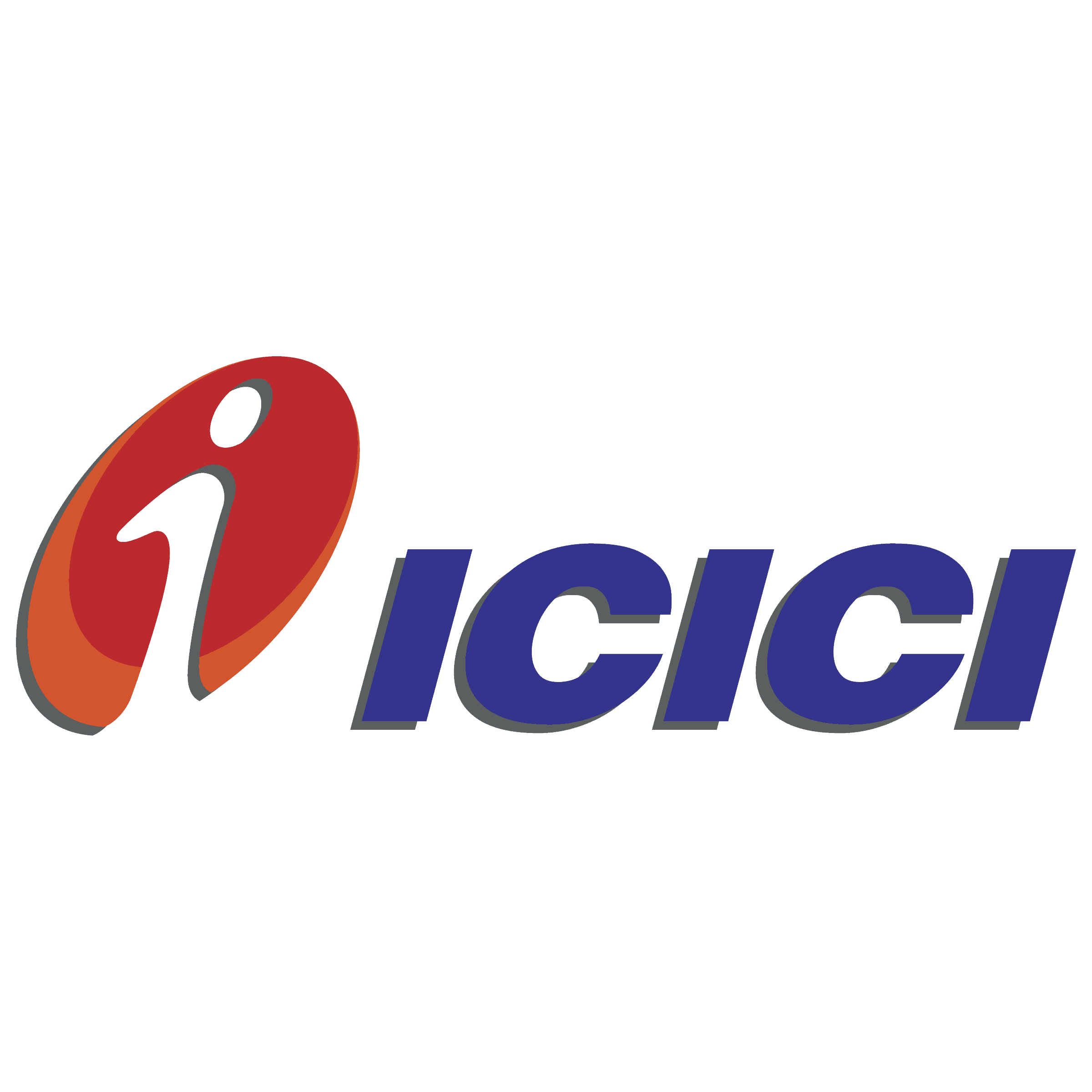












The main point of this program is they immidiately bring the necessary changes in the course curriculam to keep the course updated with the changing technology.and systems are also updated highly experienced staff produce creative qualities in students.
Well manage institute.
Every IT and computer science field and computer related students must join in samyak computer classes.
Students have lot of skills and perform best in technical field after completing education in this institute.
It fulfill all the requirement of computer education.
Good staff.
Good management.

I suggest to other for this course.
Thank You...!
All topics covered with proper practical session.
Good and healthy environment is there.
They are covering maximum syllabus for the Big data, As well as giving corporate data sets for the self practices.


